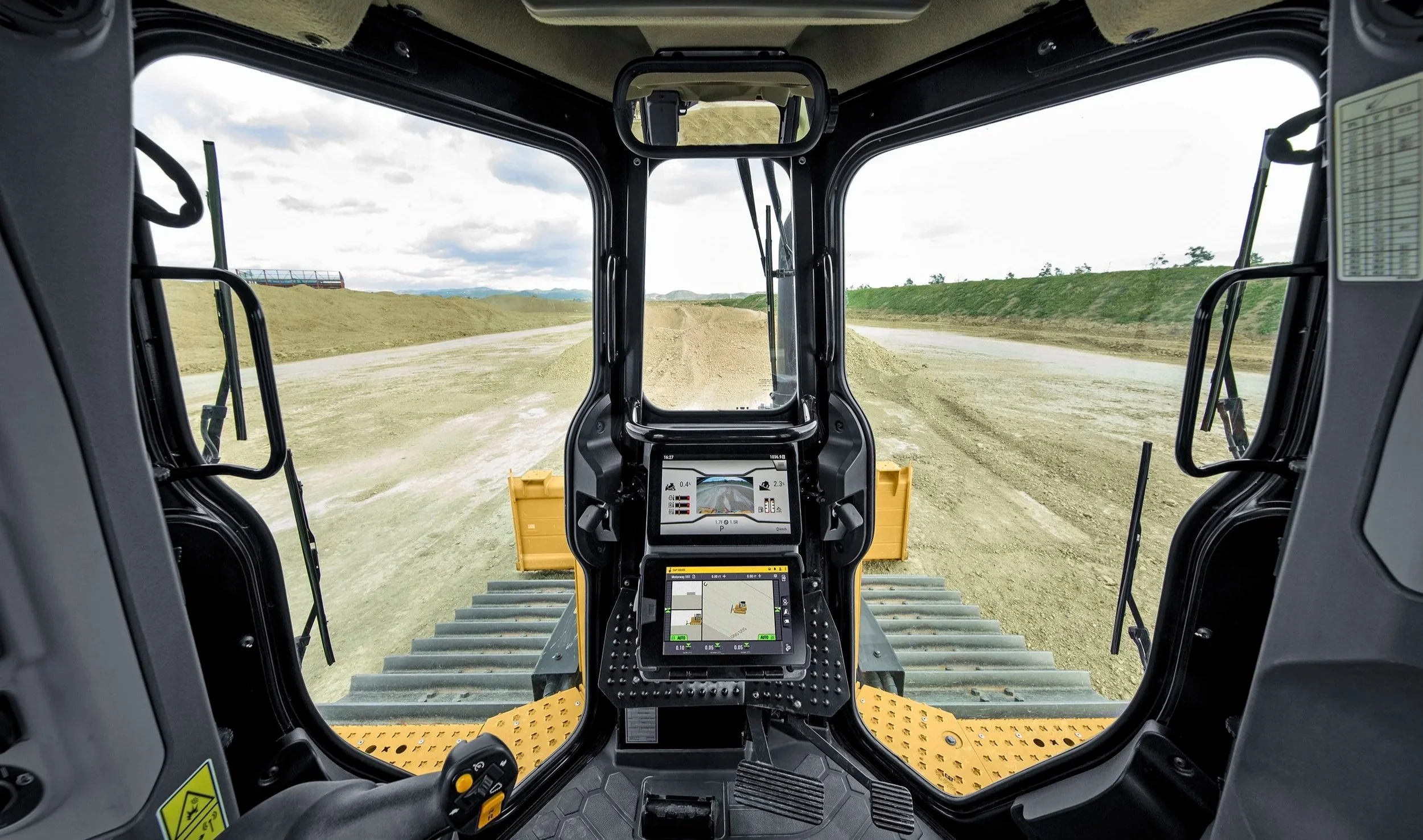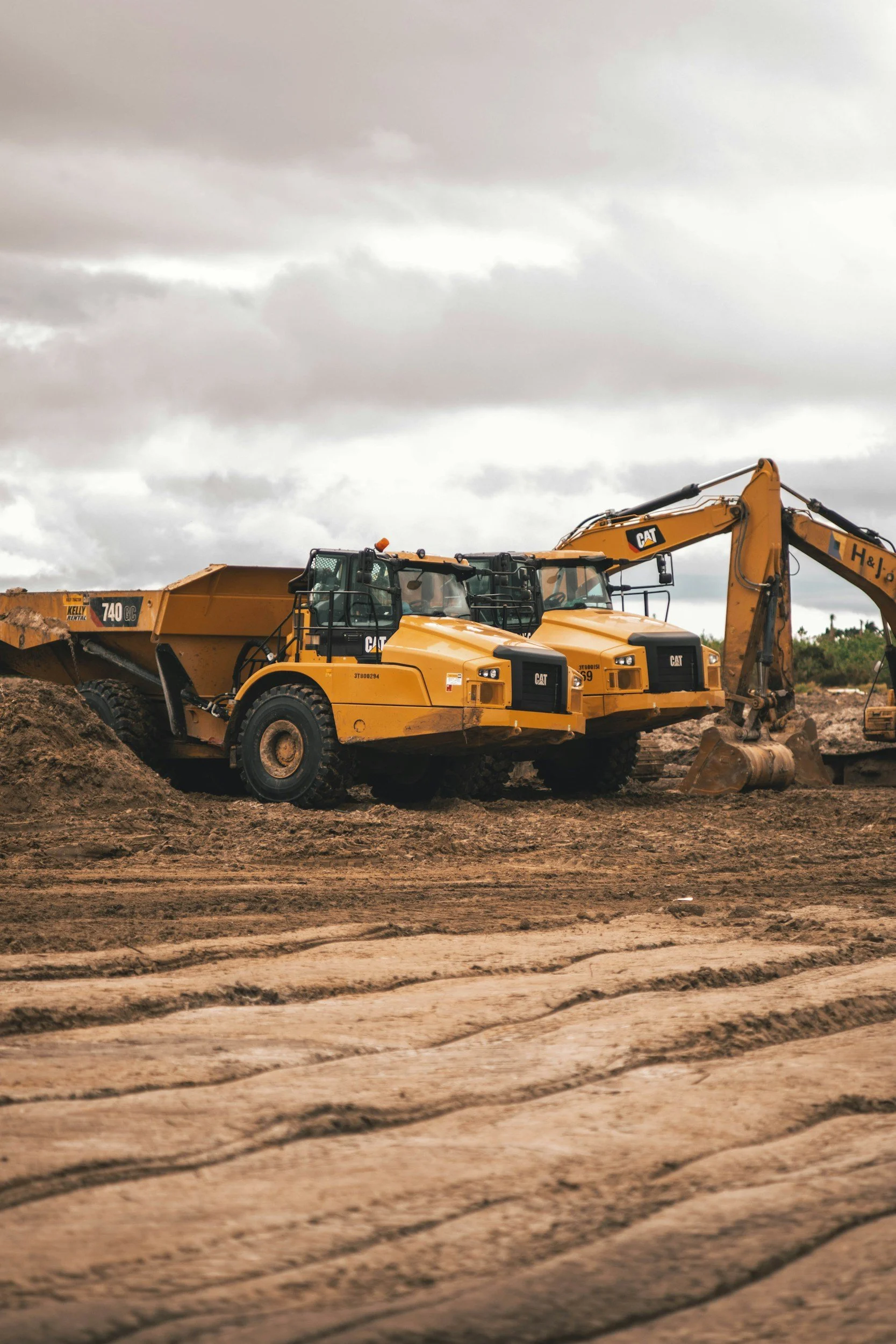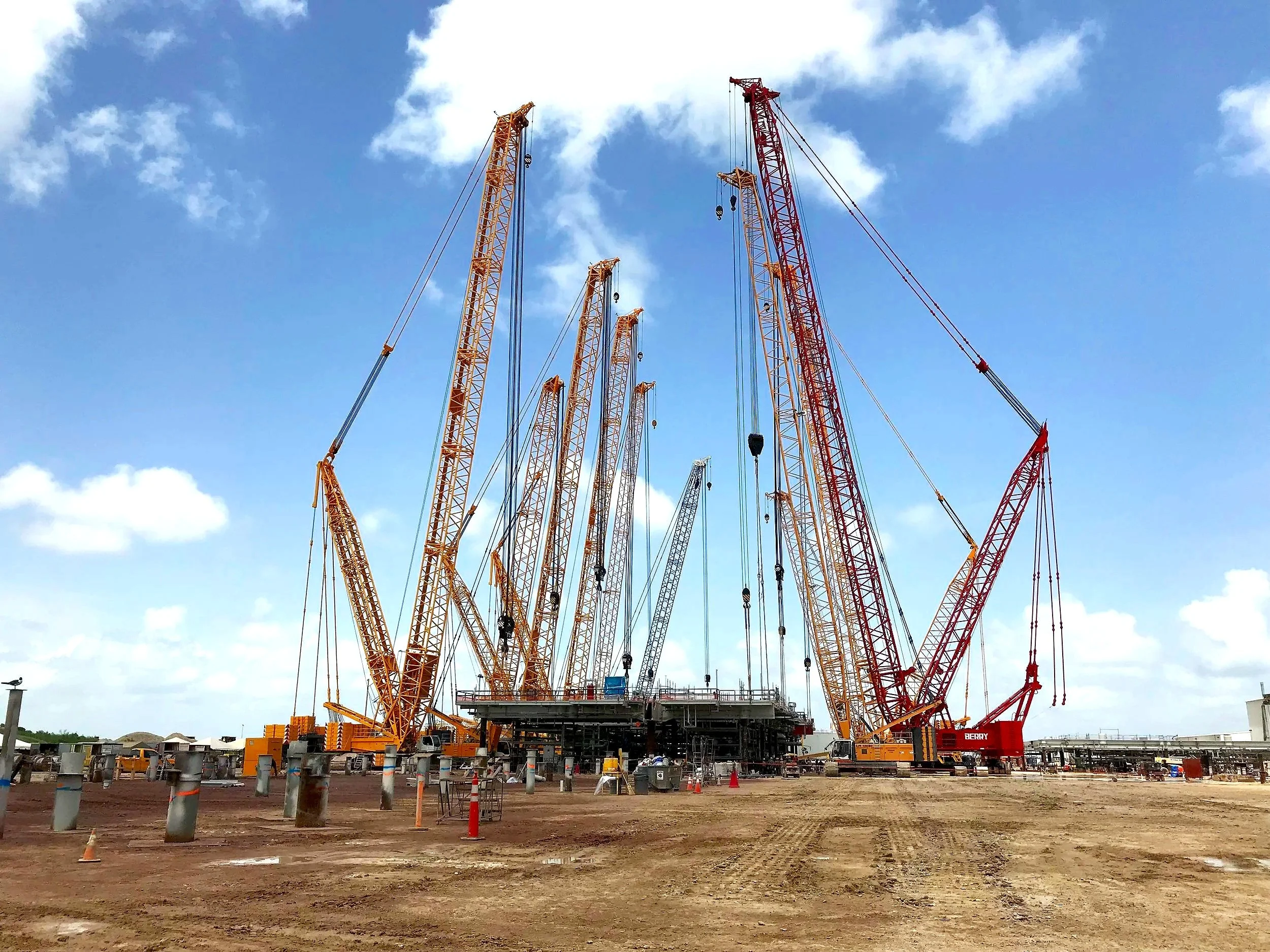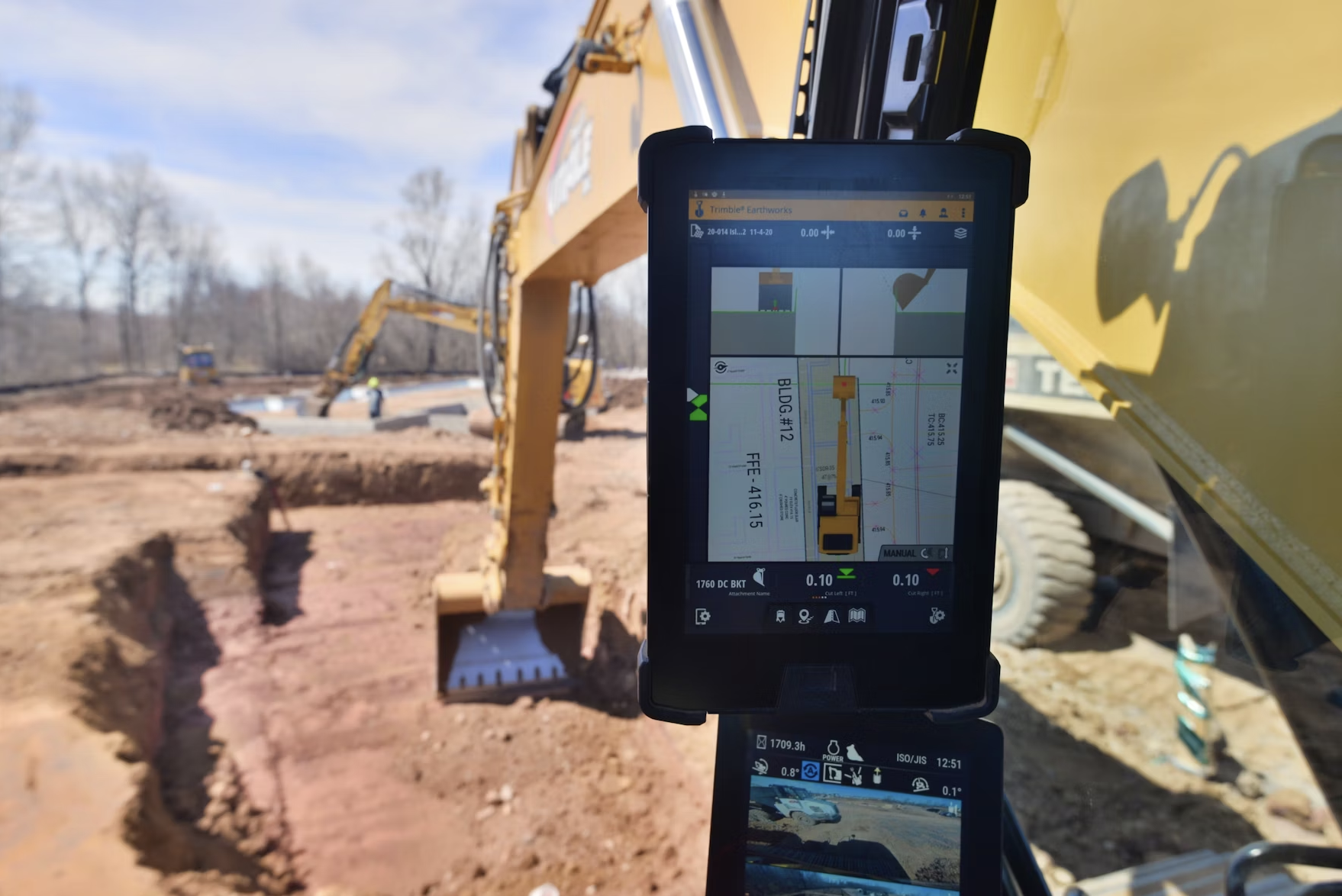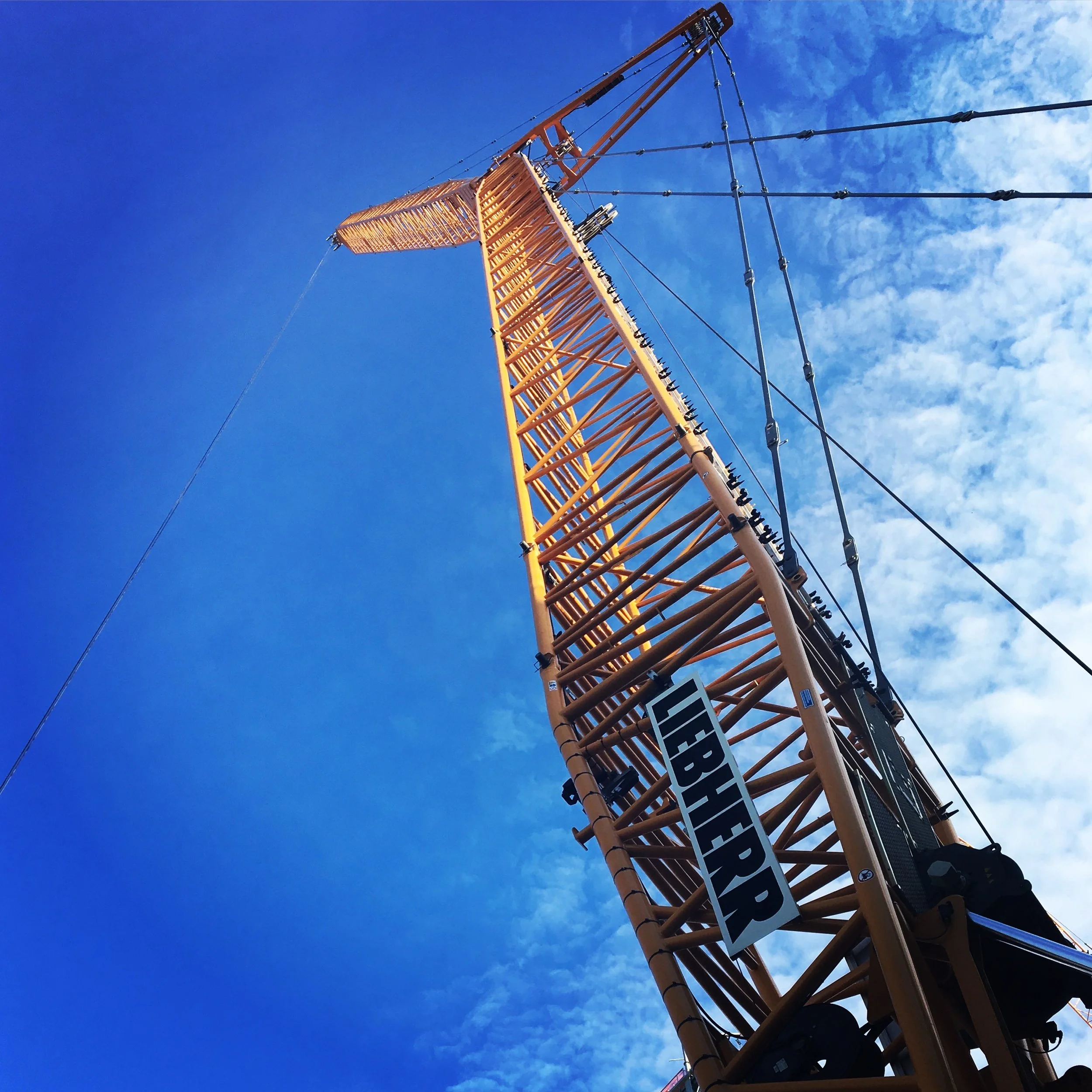Heavy Equipment Consulting that Pays for Itself.
Guaranteed.
About Ironscience.
IronScience Consulting was born from a simple truth: construction equipment is one of the largest line items on a contractor’s balance sheet—and one of the most overlooked when it comes to cost optimization and strategic decision-making. For decades, owners and managers have been left guessing when it comes to critical questions like setting accurate hourly rates or deciding when to sell equipment. No dealer, OEM, or software provider has solved this puzzle. At IronScience, we bring clarity.
We exist to bring awareness and the science of construction equipment management to the industry, simplifying complexity and uncovering real value for contractors. By combining proven principles of construction equipment economics with hands-on field expertise, we help contractors reduce idle time, manage asset lifecycles, and make confident financial decisions.
But we don’t stop at fleet management. Construction technology—from GPS machine control and drone mapping to connected jobsite solutions—is rapidly becoming a requirement to stay competitive. Yet, adoption has lagged nearly a decade behind other industries, slowed by tight margins, high upfront costs, and a lack of trust from those asked to use it. IronScience cuts through this noise, helping contractors identify not just the right features and functions, but also the local and corporate support networks they’ll need when machines go down.
Our role is to demystify the fallacies, simplify the decisions, and ensure contractors get real returns—whether through cost savings, productivity gains, or competitive edge. We partner with clients to make complex fleet and technology strategies clear, actionable, and profitable.
At IronScience Consulting, our purpose is straightforward: help contractors make smart, accurate decisions that build trust, improve performance, and secure the future of their businesses.
Construction Equipment Asset Management
It’s about owning and operating machines in a way that maximizes their economic life and the return on your investment. Following the industry best principles well-documented by Mike Vorster’s Construction Equipment Economics, it means managing both the owning costs (fixed costs of having the asset) and operating costs (costs to run the asset) over its life cycle. The aim is to balance availability, productivity, and cost so your fleet delivers reliable performance at the lowest possible hourly rate.
-
Availability measures whether a machine is physically and mechanically ready to work when needed. Planned maintenance, machine health management, and timely repairs prevent small issues from becoming costly failures. High availability is a product of disciplined preventive maintenance, accurate recordkeeping, and proactive parts and service planning.
-
Productivity is about how effectively each available hour is converted into revenue-producing work. Productivity starts with matching the right machine to the right job and training operators to get the most output per unit of time. Low productivity not only wastes fuel and labor, it drives up operating cost per hour.
-
Managing owning cost (depreciation, interest, insurance, and taxes) and operating cost (fuel, maintenance, repairs, and wear parts) means tracking both, making decisions on when to repair vs. replace based on total economic life, and reducing waste through better utilization and idle time management. Knowing your costs informs decision-making and improves project estimating.
Source: Caterpillar via equipmentworld.com
Construction Technology
In civil construction, the way you move dirt is changing fast. Drones, GNSS or UTS grade control, 3D modeling, autonomy, and telematics aren’t just shiny (costly) gadgets anymore — they’re becoming the competitive standard. The problem? Everyone selling them says their solution is the best. We’re here to help you cut through the sales talk and figure out what actually fits your work, your people, and your budget. Our experience goes beyond just the hardware and software — we help you decide not only which functions and features matter most, but also guide one of the most important parts of your decision: making sure you have the right local and corporate support teams behind you when it counts, especially if your equipment is down and your job is on the line. Whether you’re getting started or looking to get more from the tech you already own, we’ll guide you through setup, training, and growth so you can bid smarter, build faster, and stay competitive
-
2D grade control uses simple tools like lasers or sensors to keep machines on the right depth and slope, making it great for straightforward jobs. 3D grade control takes it further by using the Global Navigation Satellite System and 3D digital site models to guide machines with high accuracy on more complex projects. Both solutions help contractors move dirt faster, cut down on rework, and keep projects on time and on budget - all while tailoring equipment operations to the next generation of tech-savvy operators and enhancing abilities of your experienced operators.
-
Using a drone to create 3D maps of your job site gives you a complete, detailed view of the terrain surface from all angles—not just point by point. These maps help you plan earthwork, track progress, and measure volumes accurately, so you can make better decisions, reduce costly mistakes, and keep projects on schedule and on budget.
-
Description text goes here

